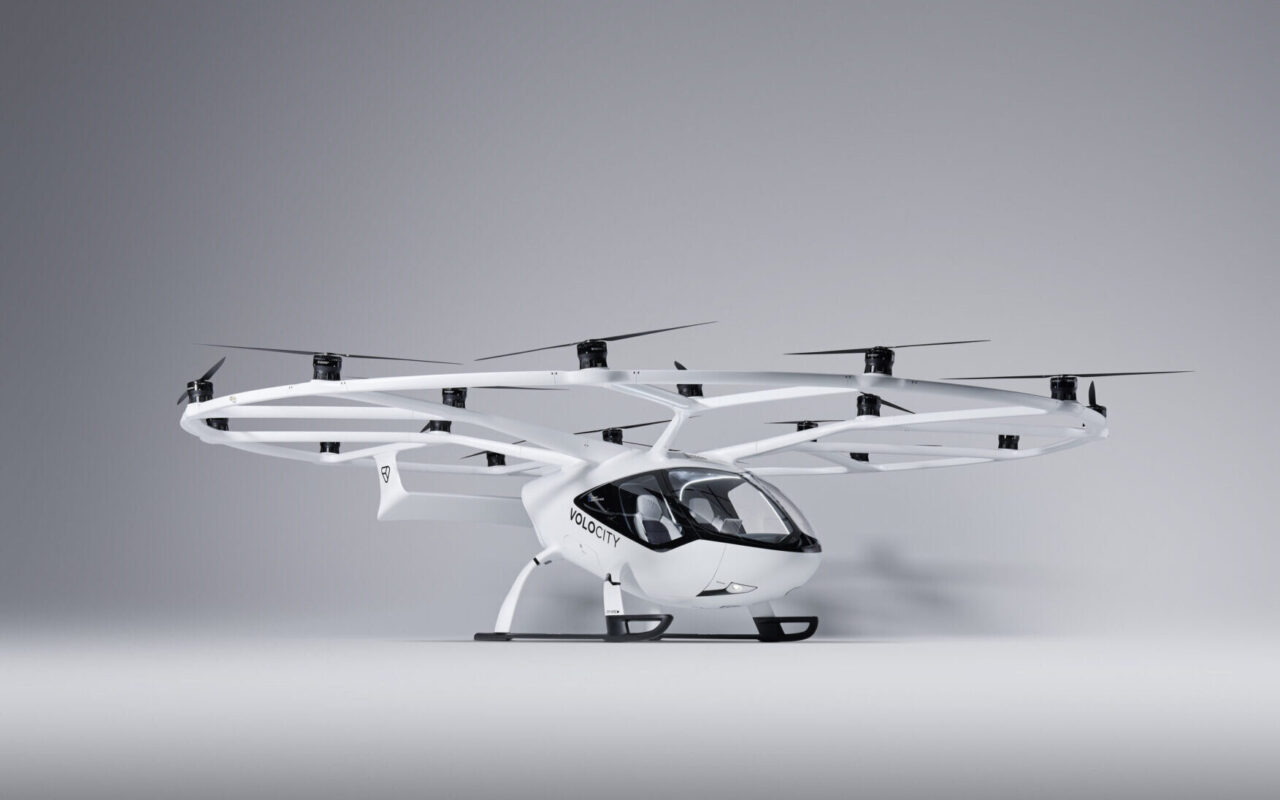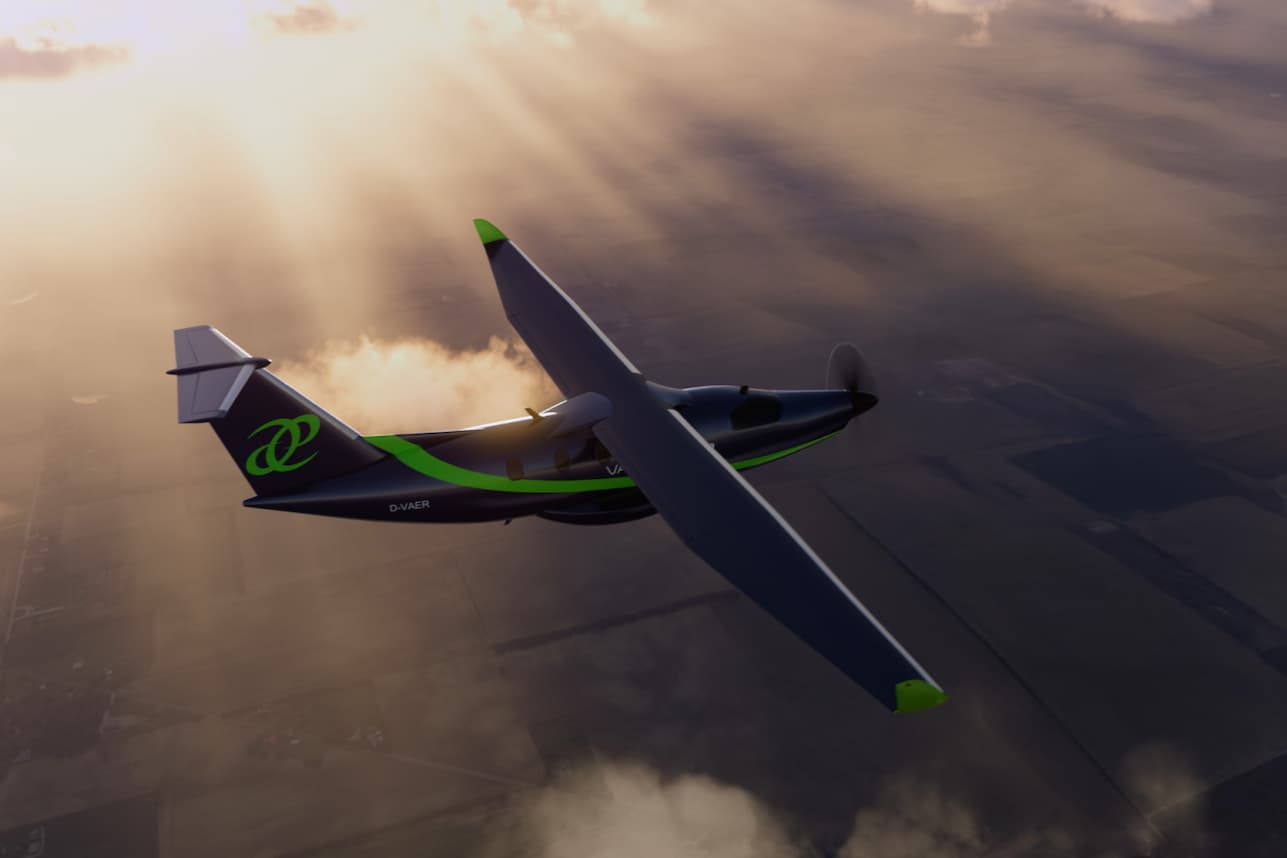The evolution of eVTOLs that had generated so much enthusiasm, has shown all its limitations: too much complexity and few concrete results. The electric airplane market in Europe, it seems now, has turned toward true sustainable innovation, which must go through simpler solutions that are already almost ready, such as eCTOL conventional takeoff electric airplanes. Less spectacular than eVTOL vertical takeoff and landing electric planes, perhaps, but much more useful. And most importantly, feasible.
Thus, a decision was made to focus on concreteness. Instead of chasing futuristic dreams that clash with urban reality, investing in a network of regional electric flights, ready to connect suburban areas, islands, mountainous areas and secondary cities in a sustainable way.
With thousands of existing small airports, and a growing demand for fast and green transportation, eCTOLs could be the real revolution in European air mobility in the next 5-10 years.
What is an electric vertical take-off aircraft eVTOL or Flying Taxi?
The term eVTOL (electric Vertical Take-Off and Landing) refers to electric vertical take-off and landing aircraft. Designed to fly over cities, they represent the futuristic idea of flying cabs.
They do not require runways, only vertiports, which are small take-off platforms on rooftops or dedicated spaces.
Examples of electric eVTOL aircraft currently in development or testing:
- Volocopter VoloCity, with two seats and about 35 km range;
- Lilium Jet, with 6 seats and increased range due to horizontal flight after vertical takeoff;
- Joby Aviation, a U.S. company with a 4-passenger prototype and about 240 km range.
Benefits of eVTOLs:
- Ability to take off and land in confined urban spaces;
- Reduced noise pollution compared with helicopters;
- Zero emissions during flight;
- Ideal for reducing urban traffic.
Disadvantages:
- Very limited autonomy, usually between 20 and 50 minutes;
- Complex and expensive aviation certifications;
- Urban infrastructure still non-existent(vertiports, regulation of urban airspace);
- Timing of deployment still far off: talk of 2026-2030 or beyond.

What are conventional electric aircraft eCTOLs?
eCTOL stands for electric Conventional Take-Off and Landing: these are electric aircraft that take off and land like conventional aircraft, from a runway. They are particularly suitable for short- to medium-haul regional flights, between 100 and 800 km, often using secondary airports.
Some projects under development of eCTOL electric aircraft:
- Vaeridion’s Microliner (Germany): 9 seats, up to 500 km range;
- ERA by Aura Aero (France): a 19-seat hybrid aircraft;
- Elfly’s (Norway) Noemi project: an electric seaplane designed for coastal-island connections;
- Alice by Eviation (USA): 9 seats and about 440 km range, designed for regional operators.
Advantages of eCTOLs:
- Technologies that are simpler than eVTOLs and already at an advanced stage;
- Less bureaucratic difficulties for certification;
- Already usable thanks to thousands of existing small airports in Europe;
- Perfect for regional and tourist routes, especially in hard-to-reach areas.
Disadvantages:
- They still require tracks, so not suitable for direct urban use;
- Airport infrastructure must be adapted to fast electric charging;
- The range, although superior to eVTOLs, is still less than that of conventional turbine-powered aircraft.

Comparison of eVTOL and eCTOL: two different paths to the future of sustainable flight
In the advanced aviation mobility landscape, eVTOL and eCTOL electric aircraft represent two radically different approaches to addressing sustainable transportation challenges.
eVTOLs (electric Vertical Take-Off and Landing), also known as flying cabs, aim to revolutionize urban mobility by offering the ability to fly over city traffic and quickly connect strategic points in a metropolis or metropolitan area.
eCTOLs (electric Conventional Take-Off and Landing), on the other hand, pose as an electric evolution of conventional regional aircraft, using existing runways and aiming to connect cities, islands and areas underserved by other means.
Electric planes and eVTOLs (flying cabs): a high-complexity urban dream
Designed to operate in and above cities, eVTOLs have attracted enormous investment because of their promise to eliminate traffic and reduce urban travel time. However, this vision faces many operational, infrastructural and regulatory complexities.
eCTOL: the silent revolution of electric regional aviation
In contrast, eCTOLs move into a more concrete and accessible field because they fit into an already existing ecosystem: that of regional airports, which are often underutilized today. They offer an immediate solution for short- and medium-haul flights, perfect for Europe made up of medium-sized urban centers, islands, mountainous areas and poorly connected territories.
Electric planes eVTOL and eCTOL ue complementary visions, but at different times
Electric vertical take-off eVTOL aircraft embody the futuristic dream of the urban flying cab, but their path is still fraught with technical and regulatory obstacles. They will likely be a reality in highly regulated markets or in limited scenarios (e.g., airport connections, exclusive tourism).
eCTOL aircraft, on the other hand, represent a pragmatic innovation: less spectacular, but already close to reality. Electric aircraft that can take off from real runways, fly real routes, and already contribute in the coming years to decarbonizing aviation and connecting remote areas in Europe.

Ultimately, while eVTOL aims for “urban tomorrow,” eCTOL responds to “regional today.”
Why is there a focus on eCTOLs in Europe now?
European startups are investing in regional electric flights, which are considered a more realistic and practical solution than eVTOLs.
eCTOLs can:
- Connecting small towns to each other with direct and fast flights;
- Take advantage of the more than 3,000 existing secondary airports in Europe, which are often underutilized;
- Provide a sustainable alternative to high-speed trains in suburban areas;
- Be adopted gradually and without complex urban transformations.
Where do we stand? Is it possible to rent an electric plane?
We are still at an early stage, but the future of electric aviation has now taken off. Some conventional take-off electric aircraft (eCTOL) models, such as those produced by Pipistrel, Eviation or VoltAero, have already obtained certifications for demonstration or training flights. However, large-scale commercial leasing is still limited to pilot projects or experimental routes.
In Europe, destinations such as Zurich, Lugano, Helsinki and Stockholm, have already been identified as ideal for the first connections with electric aircraft. Short routes in North America will also soon be connected by zero-emission aircraft.
If you are interested in chartering an electric plane or simply want to learn about available routes, expected times and costs, please contact our team on PrivateJetFinder. We would be happy to help you discover the most sustainable and innovative options for your private travel of the future.


